Lake Van Facts
- The deceptively short term of Lake Van serves as the most frequently used name for this stunning creation of natural geological processes. Yet, that’s not its only general title. The natural feature holds at least one other occasionally used english language tag, the Van Sea.
- Still other designations apply to the amazingly beautiful body of water, as well. These various cognomens, however, represent either its name in other languages across the world, or even from the distant past. The marvel’s fame for its beauty stretches far back into antiquity.
- This holds true due to the fact that the ancient Roman Empire knew this marvelous work of Nature by the moniker Thospitis Lacus. In old Assyrian sources, though, the lake was typically referred to as the Sea of Nairi, in reference to the ancient kingdom of Nairi in the region.
- Today, though, it’s referred to various names in different languges. Among these, it’s known by the epithet Van Gölü in modern Turkish. Meanwhile, in the Armenian tongue, it’s called Vana Lij. But, no matter which of these one chooses to employ, it remains a undeniable wonder.
- Sadly, the magnificent Lake Van does not yet enjoy formal protection from any official organizations. Campaigns by various regional authorities and environmental organizations to achieve broad legal protection, such as the creation of a national park, continue, though.
- Despite some of its unique physical properties, its incredible beauty makes the site a popular tourist destination. Visitors come to swim in its waters and partake in various water sports. These activities naturally make preserving the natural feature in its pristine state difficult.
Related Articles
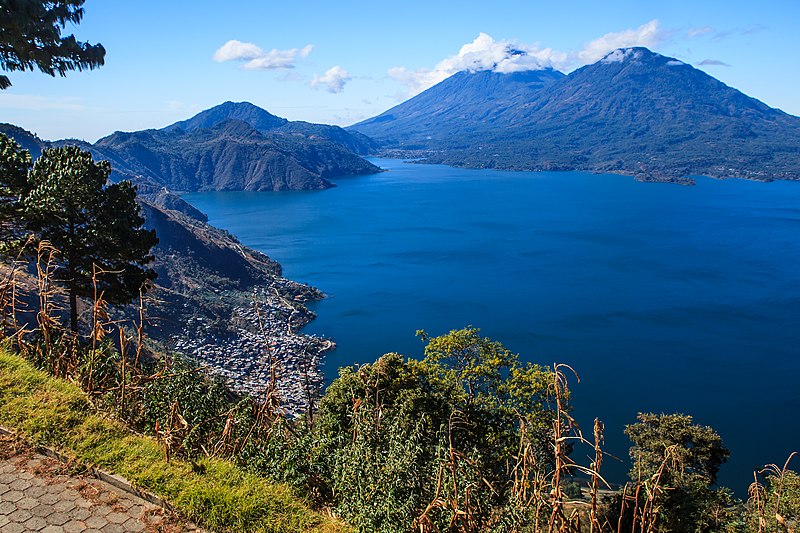
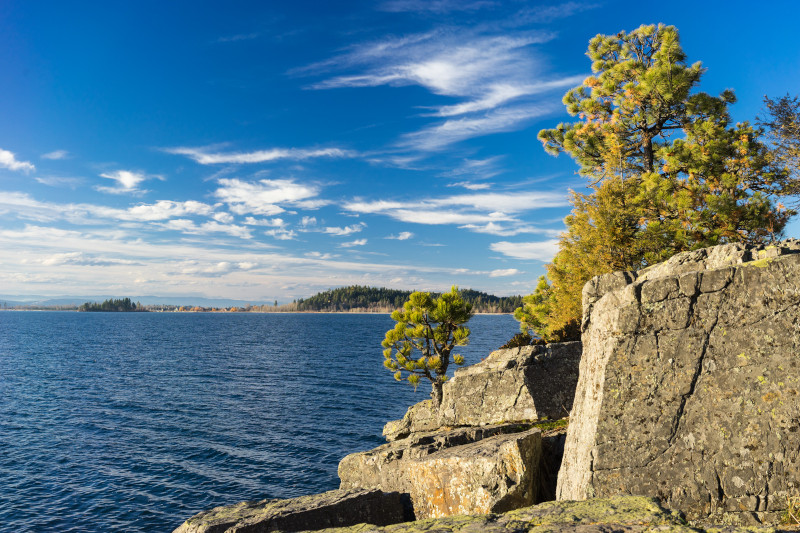
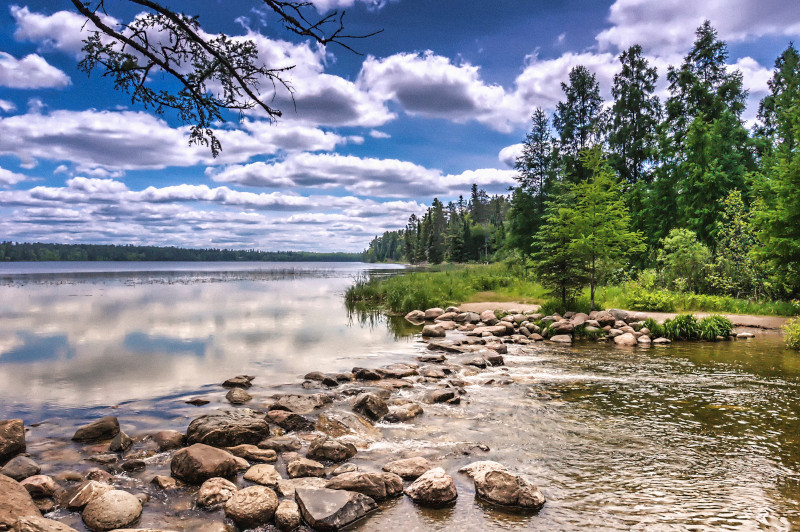
Lake Van Physical Description
The breathtaking Lake Van generally captivates those who visit this natural marvel. Yet, unlike many other lakes around the world, the remarkable body of water does so for a wide variety of reasons. Here, it seems that Nature worked overtime to create a masterpiece worthy of our appreciation.
For starters, the lake boasts some highly respectable dimensions. Though obviously irregular in outline, it’s nonetheless roughly rectangular in shape. It measures approximately 74 mi (119 km) in length, and about 50 mi (80 km) at its widest point. Its surface area equals 1,450 sq mi (3,755 sq km).
It also merits a moderate degree of respect for its depth, as well. While certainly not the deepest in the world, it’s no puddle, either. The average depth equals roughly 561 ft (171 m). At its farthest point beneath the surface, however, it plunges downward to a fairly impressive 1,480 ft (450 m).
The amazing feature also contains other attributes to appeal to the visitor. High among these stands the presence of several islands situated within the lake itself. Akdamar Island remains the most famous. Combined, the four primary of these have a total area of roughly 1.39 sq mi (3.6 sq km).
The lake’s also well known in the surrounding region for its astounding color. Its water frequently appears a vibrant blue due to its mineral content and depth, offering a beautiful contrast with the surrounding mountains. The water also often appears quite clear, especially in the deeper parts.
Yet, it’s the distinctive nature of Lake Van that creates those characteristics. This occurs, in fact, due to a combination of two factors. For one, it has no outlet. Water entering the lake from streams and rivers does not flow out but evaporates, leading to elevated salt and soda concentrations.
Due to this fact, the body of water possesses attributes that qualify it as a soda lake. It has alkaline water, with high levels of sodium carbonate and sulfate. The lake’s temperature further remains relatively stable, directly influenced by the high salt content. Even in winter, it does not freeze.
Lake Van Location, Formation, and Ecology
The mesmerizing beauty named Lake Van formed in a region of the globe that already contains a number of other well known natural marvels. That exact geographical location therefore likely won’t surprise anyone. That’s because Nature created it in the extreme western portion of Asia.
It lies within the national borders of the country of Turkey. Inside the boundaries of that country, its placement puts it in the eastern section, in the Van Province, thus the name. It’s also situated in the Armenian Highlands, a region that stretches across parts of Turkey, Armenia, and Iran.
Evidence indicates this extraordinary work of Nature formed as a result of volcanic activity during the late Pleistocene epoch, around 600,000 to 200,000 years ago. The lake’s creation also remains closely linked to the activity of Mount Nemrut, a nearby stratovolcano located on its western shore.
Following the eruption of Mount Nemrut, believed to have been quite powerful, numerous large lava flows from the volcano blocked the original outflow of the region’s various rivers. This resulted in the eventual creation of a natural dam, preventing water from draining into lower basins.
As the outflows became blocked, however, water inexorably accumulated in the basin. This eventually resulted in the formation of the lake. Since this body of water has no outlet, being an endorheic basin, water levels remain entirely regulated by evaporation rather than river outflows.
Over time, because the accumulating water had no outlet, minerals from volcanic rocks dissolved into the lake, leading to its current high salinity and alkalinity levels. This unique chemical reaction resulted in its conversion from a freshwater body to the soda lake that it represents today.
This lake has a unique and specialized ecology due to its high salinity, alkalinity, and its status as a closed basin lake. Nevertheless, this extreme environment creates conditions that support a limited, but distinct, array of life forms, adapted to its unique chemistry. Nature proves highly adaptable.
Uniquely adapted to the lake’s alkaline waters, the pearl mullet represents the most important of the highly limited number of fish species able to survive in its waters. The intriguing fish does, however, usually migrate to tributaries with lower alkaline levels when it enters spawning season.
It’s also an important stopover for many species of migratory birds, especially those traveling between Europe, Africa, and Asia. The islands and shorelines provide nesting sites for species such as pelicans, seagulls, terns, and herons. That’s especially true for Kuş Island, also called Bird Island.
Few invertebrate species manage to tolerate the harsh conditions contained within the waters of Lake Van, but certain types of brine shrimp and a few other small invertebrates adapted to saline environments do appear in the lake. These species form a food source for the lake’s fish and birds.
Due to its high salinity, typical freshwater aquatic plants are absent. However, some specialized, salt-tolerant plant species grow along its shores. The surrounding region has steppe-like vegetation, with shrubs, grasses, and some trees, especially in areas where freshwater streams flow into it.
Features Sharing Its Region
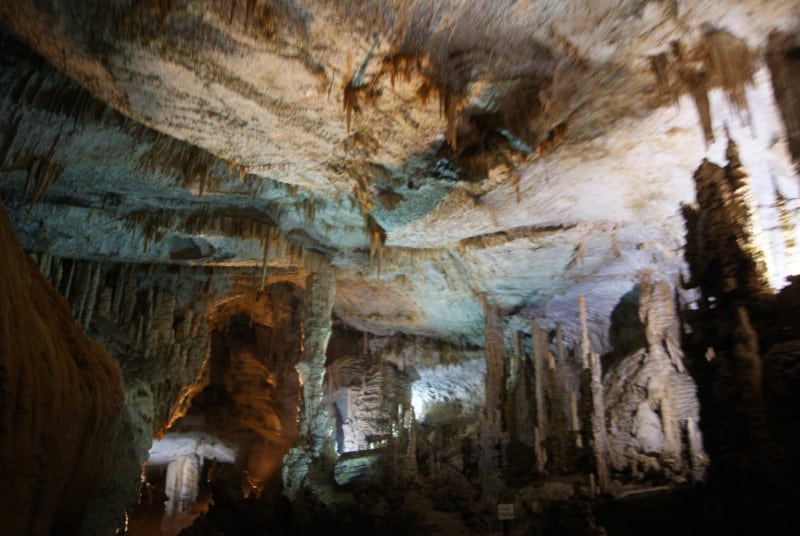
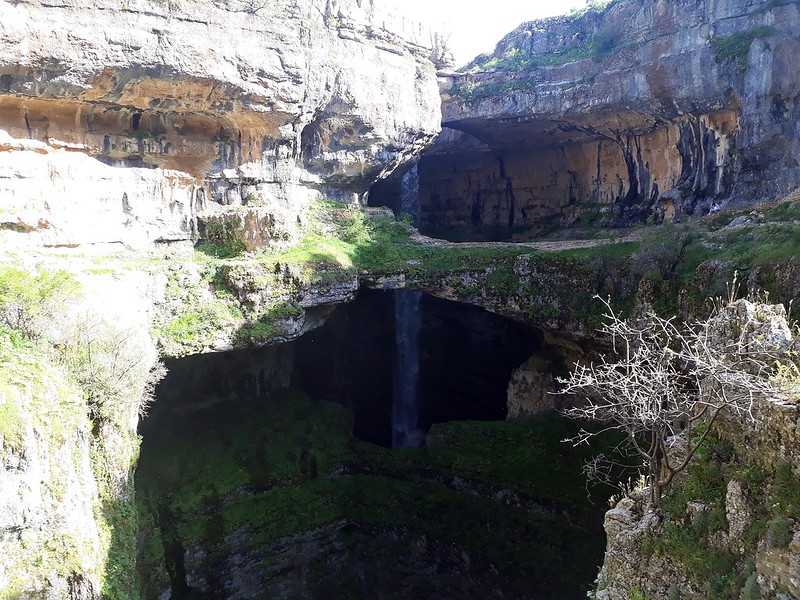
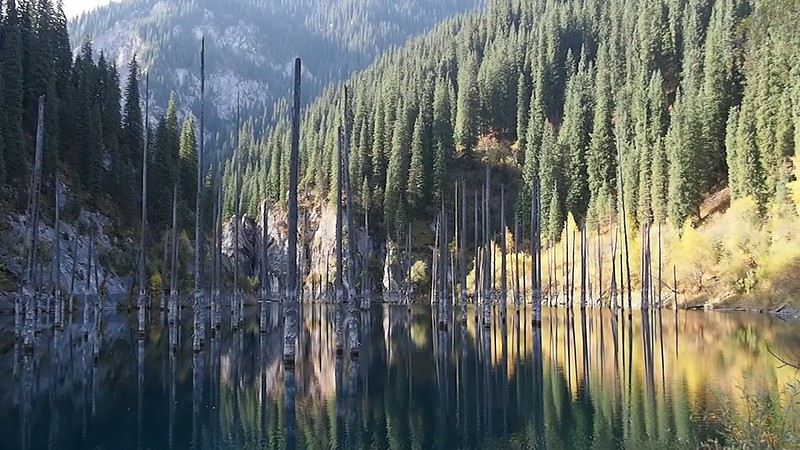
Check out our other articles on 3 Beautiful Butterflies of Canada, Clouded Leopard, Perito Moreno Glacier, Snake Plant, Autumn Meadowhawk, Hellbender Salamander, Blue-lipped sea krait
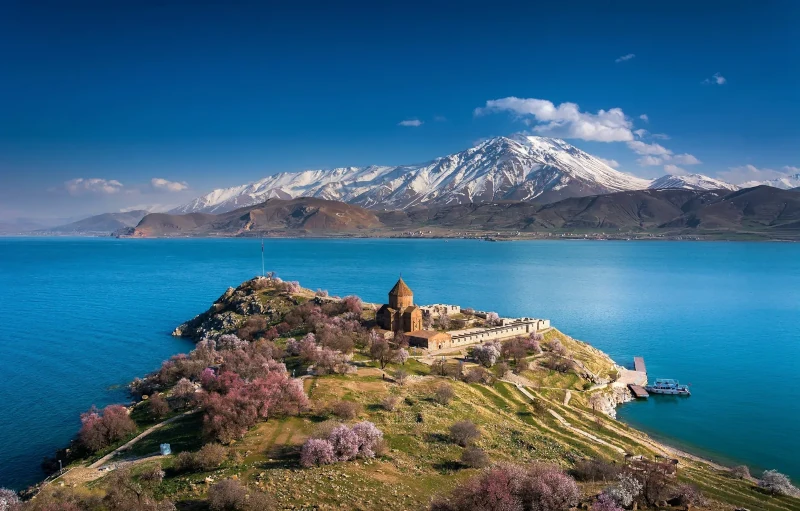
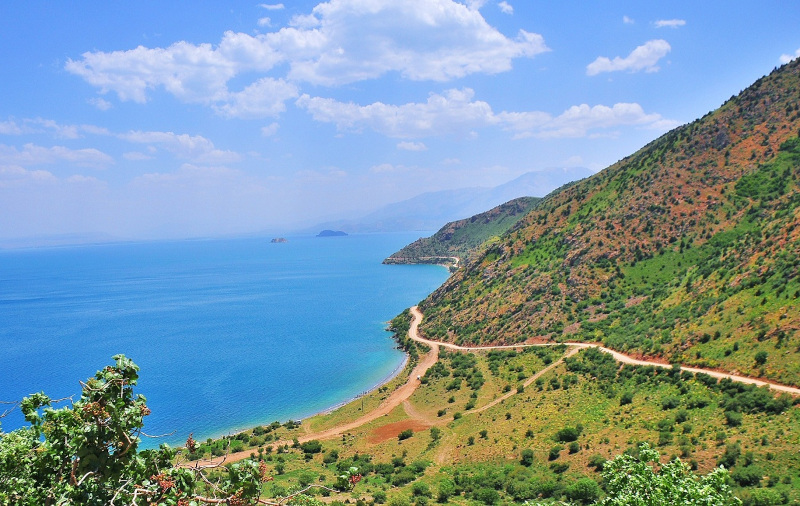
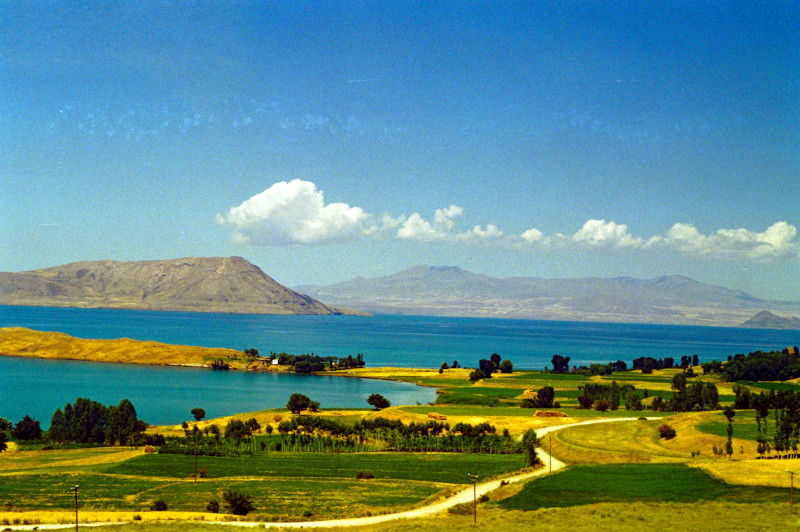









Leave a Reply